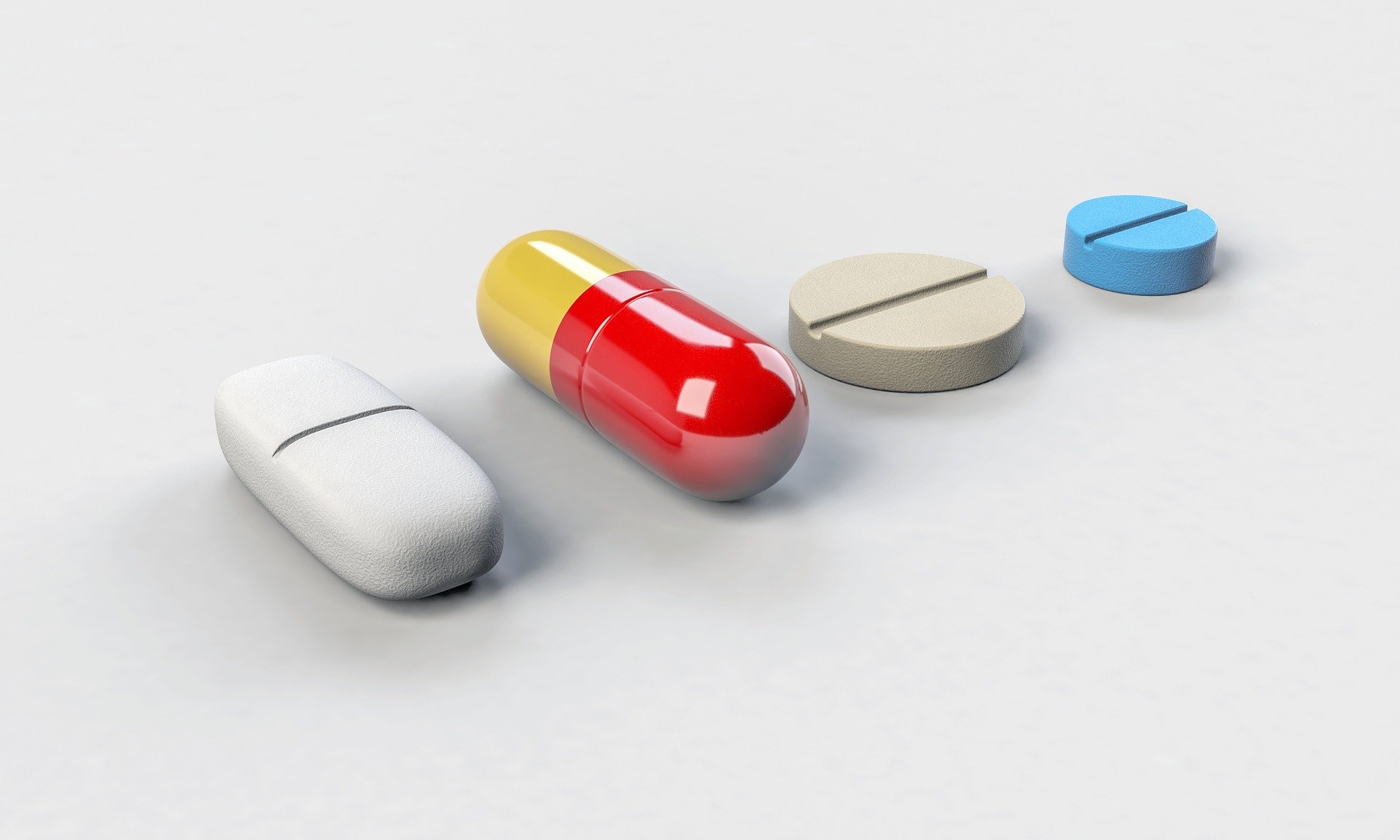 Over one million Americans receive medication-assisted treatment because of their opiate addiction.
Over one million Americans receive medication-assisted treatment because of their opiate addiction.
The opioid epidemic has ripped through communities and ruined many lives. Perhaps you’re struggling and you want to seek help but you’re not sure what opiate addiction treatment involves.
Sounds familiar? If yes, you’ve come to the right place. Here’s everything you need to know.
Different Types of Opiate Addiction
Before hunting down an online opiate addiction treatment, it’s important to know the different types of opiates. These come from the opium poppy and the compounds are used to produce pain-relieving medications. The main ones are morphine, codeine, heroin, and opium.
Note that opiates don’t remove pain in your body, instead, they change how you perceive pain. Opiates attach to opioid receptors in the brain and the rewarding circuits in the brain are activated which releases dopamine. Because of this, the brain doesn’t perceive the high level of pain experienced by the person.
In other words, opiates create an illusion that your pain has disappeared. As a result, you’ll become relaxed, drowsy, and your breath will slow down. Many people also feel a rush of euphoria which they find intensely rewarding.
Signs of an Opiate Addiction
There are clear signs that show whether you or a loved one is addicted to opiates. You may notice them mixing with new groups of people or switching friendship groups. On the flip side, your loved one may be spending more time alone and cutting off friends and family.
Other signs include not taking proper care of themselves, feeling tired all the time, and being overly energetic. They may also be constantly nervous or irritable when you engage with them. .
What Is an Opiate Withdrawal?
Many people develop an opiate addiction because they’ve been prescribed codeine, Dilaudid, and tramadol to ease the pain.
They gradually increase the dosage for longer than prescribed and become dependent. If the person quits “cold turkey”, they’ll experience opiate withdrawal symptoms.
The severity of the withdrawal depends on several factors. For instance how reliant they are on the painkillers, their tolerance, and how long they’ve taken them. Often the person’s mental health history also comes into play.
Withdrawal symptoms aren’t life-threatening but they cause physical and psychological distress. As a result, many people revert to using again to avoid experiencing the symptoms.
This creates a vicious cycle which is why it’s crucial to seek treatment for opiate addictions.
Signs of Opiate Withdrawal
Opiate withdrawal symptoms are the same regardless of which painkiller you’ve taken. You’ll experience vomiting, diarrhea, sweating, chills, muscle or bone pain, and high blood pressure. It also wreaks havoc on your mental health because you’ll experience insomnia and unbearable anxiety.
How Long Does an Opioid Withdrawal Last?
There are four stages of opiate withdrawal. This includes anticipatory, early acute, fully-developed acute, and post-acute withdrawal syndrome (PAWS).
In the first stage, you feel anxious about the oncoming withdrawal symptoms so you crave the painkiller.
In the early acute stage, you may experience flu-like symptoms like vomiting, sweating, and intense stomach aches. Again, you’re still craving your next hit. Then in the fully-developed acute stage where you experience body tremors, muscle spasms, and diarrhea.
The final stage, PAWS, happens up to 24 months after your last dose. You no longer feel the acute symptoms but you can experience mood swings, cravings, and drug dreams. Although it’s been a while since taking the painkiller, there’s still a high risk of relapsing.
Opioid Treatment Options
You’ve bravely told your loved ones “I am addicted to opiates” and you want to find an addiction treatment that works for you. Well done!
Doctors treat opiate addiction with various medications. These help with the long-term issues linked to the withdrawal symptoms like drug cravings. Eventually, the doctor will taper down the dosage until the patient fully recovers from the acute stage. But, depending on the severity of the addition, the medications may continue to be prescribed until necessary.
Clonidine, for example, suppresses withdrawal symptoms while treating high blood pressure and stress. You can either take it in an oral tablet or a patch on the skin. Patients have also been prescribed methadone as it reduces drug cravings.
Doctors may also prescribe buprenorphine to reduce symptoms. Plus, this drug keeps patients motivated to stick to their treatment plan.
Keys to Coping With an Opiate Addiction
The most effective way to cure an opiate addiction is using virtual rehab. This is where healthcare professionals monitor and guide you through the process. They’ll also ensure that you don’t suffer from withdrawal symptoms.
You should also confide in your family and friends because support is crucial in these times. Plus, you could try support groups or individual counseling as they offer emotional support around the clock.
To get started, schedule an appointment with your doctor so they can put you on the path towards recovery. They’ll also give you tips on how to alleviate withdrawal symptoms and the next step to take so you don’t stray from the path.
That’s Everything to Know About Opiate Addiction Treatment
Now you know what to expect from opiate addiction treatment so you can start your journey towards recovery.
Seek professional help from a virtual rehab, take the prescribed medication for opiate detox, and have a support system to confide in. Although it’s a difficult process, well done for taking the brave first step in the right direction. Good luck!
Hopefully, you found this article helpful. If you’re interested in similar content, then check out our posts on everything from Business to Lifestyle.
